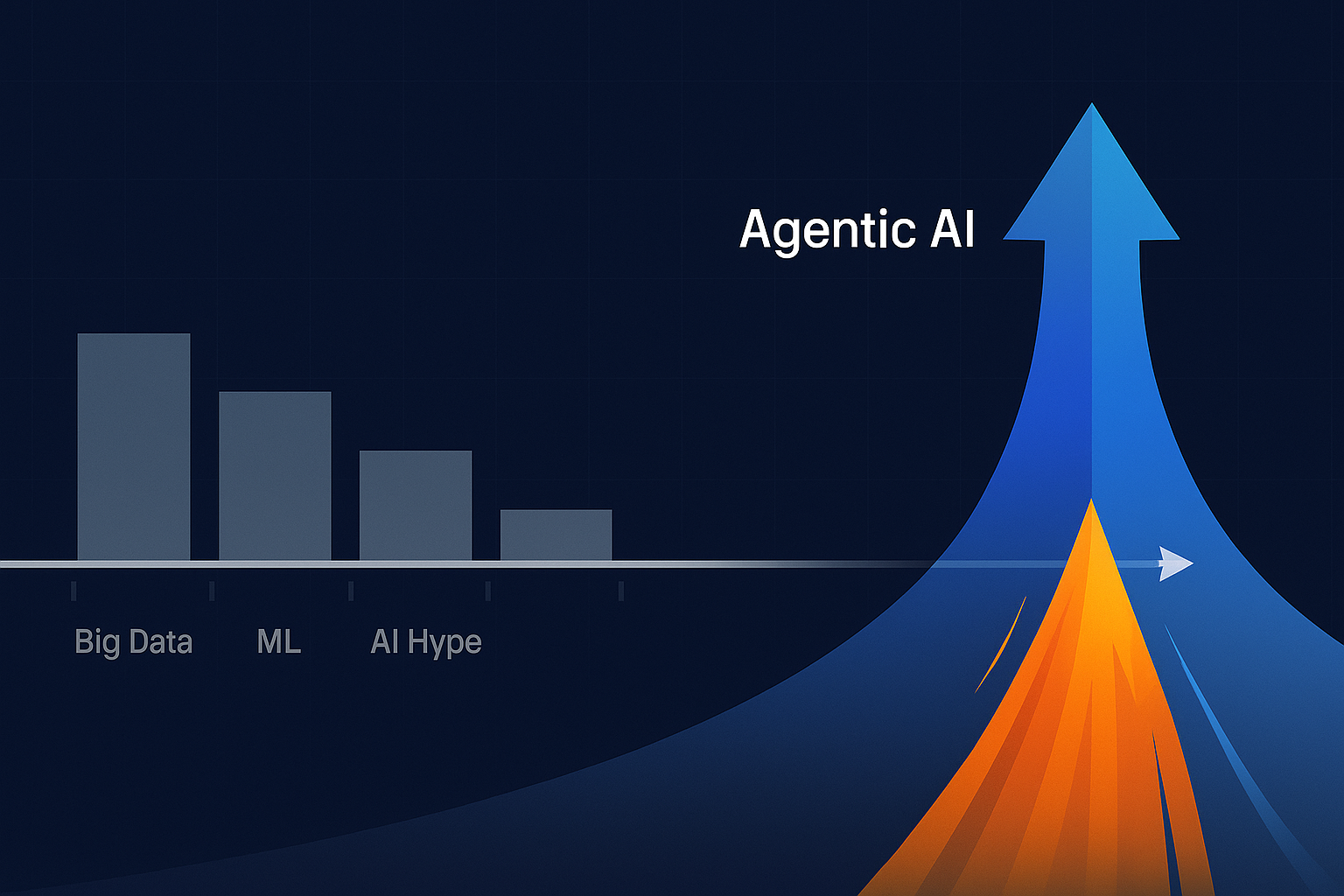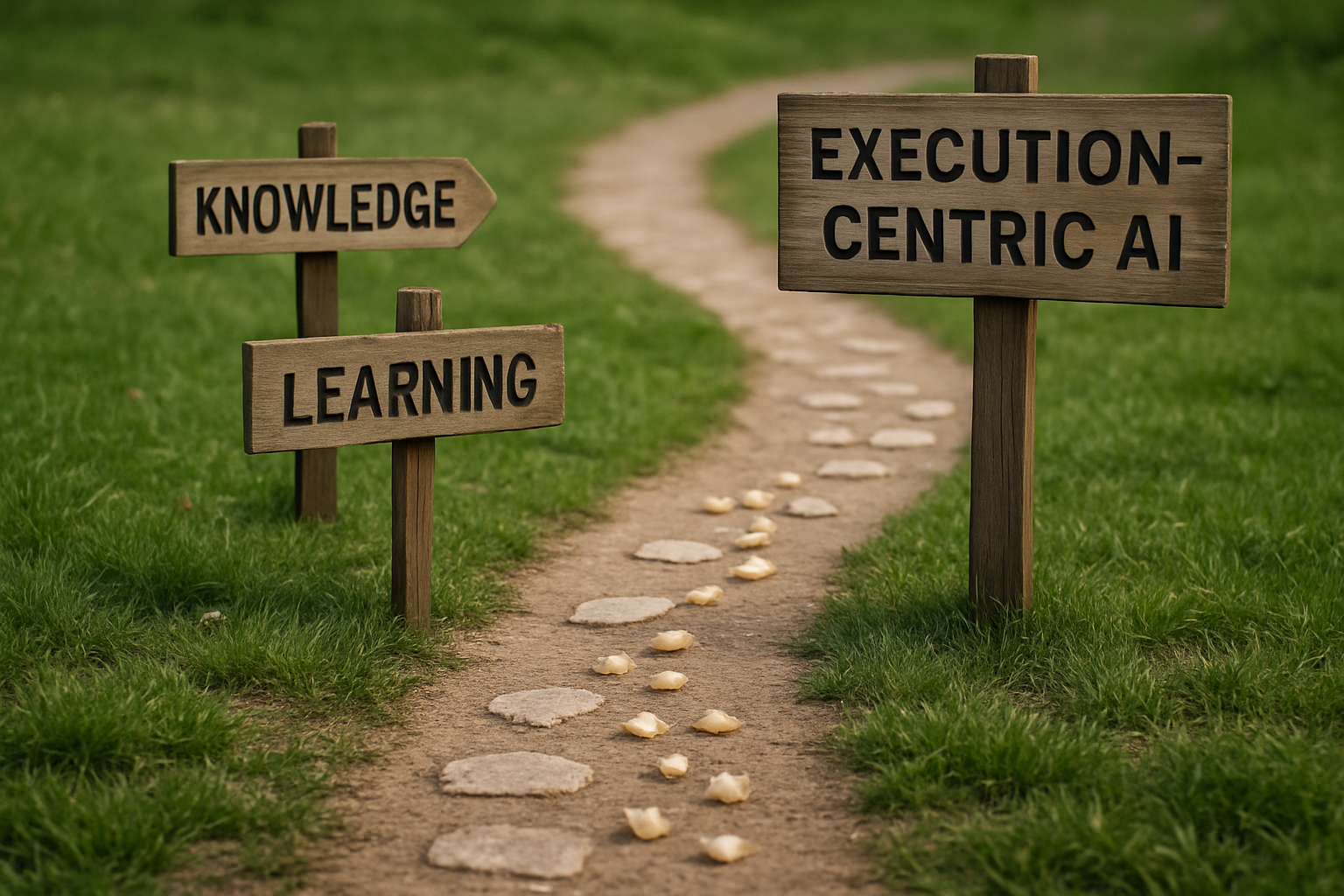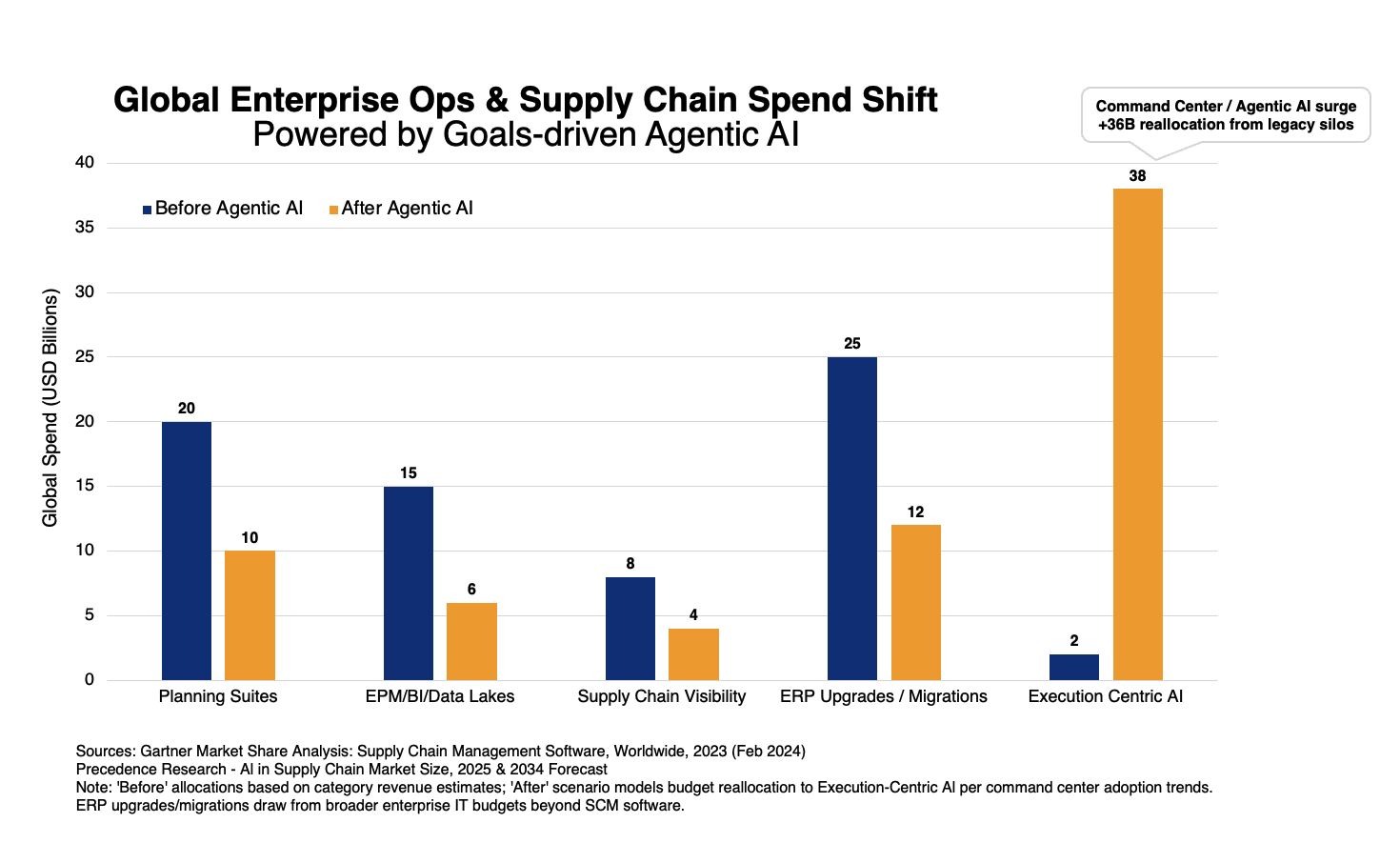Enterprise Processes: Let Machine Learning follow the Rules

It was the penultimate day of my trip to our San Jose office. In the evening Vikas, Dinesh & I went for a short hike at the Alviso Marina County Park. It was a beautiful trail and the hike was uneventful except for Vikas’ narration of his past exploits with a mountain lion. After the hike Dinesh said that we should grab a quick drink and I suggested a nearby Mexican joint. “The place serves amazing guacamole. You should have that with tortilla,” I tried to tempt Vikas’ mostly vegetarian palate.
The bombshell came immediately after we entered the restaurant – the waiter informed that guacamole was not available!!! But he added that there were other dishes we could order that contained guacamole. “So you have guacamole… why are you not giving it,” Dinesh questioned. “Our supplies were short today and we are preserving for the main dishes,” explained the waiter.
“Optimization,” I told myself. Clearly the restaurant was trying to channel the limited guacamole inventory to products that maximize profits or customer satisfaction. Absolutely the right thing to do! Given their size, they intuitively know how to allocate scarce raw material. In larger organizations there are elaborate rules that identify exceptions like raw material shortage and prescribe the action to be taken. In many cases, even sophisticated optimization tools – based on linear or nonlinear programming – are used.
Coming back to the restaurant… what if we had visited late in the evening? Would the waiter have still refused the guacamole? Probably not. The chance of another order for a main dish will be considerably lower and he might decide to sell the guacamole when he still can. Would he act differently if a regular customer asked for guacamole even if it were early evening? Perhaps yes. He may be willing to forgo the extra profit from a main dish to keep an important customer happy. Interestingly, such deviations vis-a-vis the prescription from rules happen all the time in organizations, big and small. And usually, such decisions are rooted in the experience of the team. No tools are involved.
This reliance on tribal knowledge is the primary hurdle in enterprises’ march towards automated action. The rules involved are too intricate and the variables are too many to be coded in. Many decisions just need that human touch! The good news is that machine learning is changing that. With ML, it is possible to factor in hundreds of variables because there is no need to explicitly code in the rules. Throw in a lot of data, and the machine will figure out the unwritten tribal rules.
Does that mean that all the old rules are going away and ML models will take their place? Not at all. ML model building needs tons of data, and rules with humans will generate that. You just need a framework to ensure that the generated data is captured well in a form conducive for ML.
Rules are useful to cut out chunks of transactions and provide the broad classification needed to guide action. But the broad nature of rules also means that transactions get mixed up – those identified as having similar problems often require dissimilar actions. Transactions identified by rules have to be reviewed individually to decide on the action needed.
At OpsVeda, our users have been putting together their own rules for a long time – tools such as Exception Builder & Opportunity Framework have played their part. However, unknown to many users is that the system also has the capability to keep a record of transactions recognized as an exception or an opportunity and the corresponding actions taken by the user. So if the rules recommend that allocation for one order be reduced and another be raised, the system will track if the sales orders were actually modified and by how much the quantities were changed. This results in a rich dataset that gets fed into our ML engine.
The ML algorithms “learn” from the dataset to understand the tribal knowledge that users rely on. This paves the way toward completely automated action. The system also estimates the confidence (probability) it has on a specific action and utilizes the same to decide whether it should act on its own or seek user review.
When I tell this rules-followed-by-ML story, sometimes daggers come out? “So OpsVeda is not ML first,” is the common refrain. “No, we are data first and our method has major advantages,” I explain. Firstly, with the help of rules, our customers go live quickly. Secondly, there is no manual action needed to build the training dataset. It gets recorded automatically as users review the results of rules and act. That is not only more accurate, but also a lot more scalable because new exception or opportunity scenarios get identified and set up quite frequently.
So, are you looking at automating some action taken by your team? Talk to us at OpsVeda, we might have a thing or two to share… and that is not just about our real-time decisions platform!







